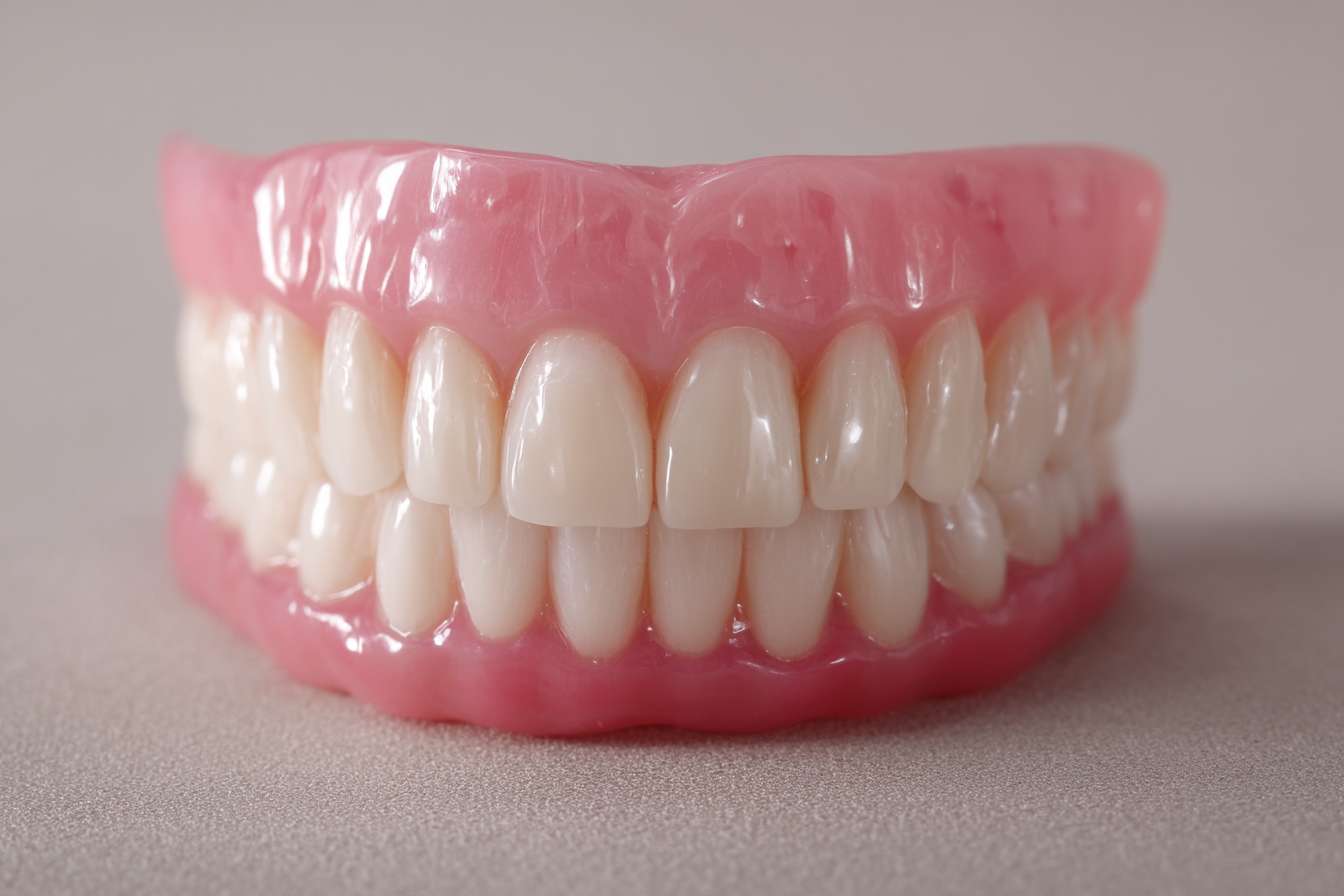Dental Implants: Guide to Permanent Tooth Replacement
Explore how dental implants provide a long-lasting, natural-feeling solution for missing teeth. This comprehensive guide covers the surgical steps, benefits for bone preservation and oral health, cost ranges, and aftercare. Learn who is a good candidate, what to expect during recovery, and how implants compare to dentures and bridges so you can make a well-informed decision about permanent tooth replacement.

The implant treatment timeline
Replacing a missing tooth with a dental implant is usually completed in stages and commonly takes between three and nine months, although the schedule varies with individual healing and treatment complexity. The process starts with a thorough oral evaluation: dental X-rays and often a 3D cone-beam CT scan are used to assess jawbone volume, locate nerves, and check sinus anatomy. These images help plan the precise position and angle for the implant to ensure the best long-term outcome.
What happens during implant surgery
The main surgical step is placing a titanium fixture into the jawbone to serve as an artificial tooth root. In many protocols the implant is submerged beneath the gum while the surrounding bone grows and bonds to the metal, a natural process called osseointegration. Once the implant has integrated and the clinician is satisfied with stability, an abutment is attached to link the implant to the visible restoration. A custom crown, matched to your tooth color and contours, is then secured to the abutment, restoring chewing function and appearance.
Some clinicians use immediate or early loading techniques that allow a temporary crown to be placed sooner, but the timing depends on bone quality, implant stability, and the specific clinical situation.
When additional procedures are needed
Not every patient has enough bone to support an implant right away. If bone volume or density is insufficient, bone grafting or a sinus lift may be performed before or at the time of implant placement. These augmentation procedures add healing time but create a stronger foundation that increases the chance of long-term success. Medical factors, prior extractions, or long-term tooth loss can affect bone levels and therefore influence the treatment plan.
Benefits compared with dentures and bridges
Dental implants offer several advantages over traditional bridges and removable dentures. Because implants fuse with the jawbone, they restore biting and chewing forces more like a natural tooth, improving function and comfort. Implants also help preserve jawbone by transmitting forces through the implant to the bone, reducing the bone resorption that often follows tooth loss and helping maintain facial contours.
Unlike bridges, implants do not rely on adjacent teeth for support, so surrounding tooth structure is preserved. Compared with removable dentures, implants are stable, do not click or move during speaking or eating, and often provide a more natural feel. With proper care, implants can last many years and frequently a lifetime, making them a durable investment in oral health.
However, implants are not suitable for everyone. Sufficient bone quantity, healthy gums, and good overall health are important. Smoking, poorly controlled systemic conditions such as diabetes, certain medications, and inadequate oral hygiene can increase the risk of complications and implant failure. A full evaluation by a dentist or oral surgeon is necessary to determine candidacy and whether preparatory treatments are required.
Costs and financial considerations
Price varies by geographic location, clinic, practitioner experience, and the specifics of your treatment. Below is a general cost range for common components of implant therapy.
| Procedure Component | Average Cost Range | Additional Considerations |
|---|---|---|
| Single Implant | $3,000 - $4,500 | Implant placement only |
| Bone Grafting | $500 - $2,500 | When needed to augment bone |
| Crown | $1,000 - $3,000 | Material and lab fees vary |
| Full Mouth Implants | $20,000 - $45,000 | Technique- and case-dependent |
Prices, rates, or cost estimates mentioned in this article are based on the latest available information but may change over time. Independent research is advised before making financial decisions.
When evaluating cost, consider both up-front expense and long-term value. Although implants often cost more initially than dentures, they may be more economical over time because they generally require fewer replacements and help avoid the bone loss and additional restorative work that can come with other options.
Caring for implants long-term
The longevity of an implant depends heavily on good daily oral hygiene and routine professional care. Brush twice daily with a low-abrasive toothpaste and clean between teeth with floss, interdental brushes, or specialized implant floss to remove plaque around the abutment and crown. Regular dental checkups and professional cleanings are essential to monitor gum health and detect early signs of inflammation.
While implant materials themselves do not decay, the soft tissues around them can develop peri-implant mucositis or peri-implantitis if plaque accumulates. If left untreated, these conditions can damage the surrounding bone and threaten the implant. Smoking cessation and management of systemic conditions, such as diabetes, also improve long-term outcomes.
Recovery and practical post-op tips
Most patients need only a few days of reduced activity after implant surgery. Expect some swelling, bruising, and mild discomfort that can usually be controlled with prescribed or over-the-counter pain medication and cold packs. Eating soft, nutrient-rich foods during the early healing phase helps avoid disturbing the site.
Follow your clinician’s post-operative instructions closely. Avoid smoking and heavy alcohol use during healing, as both can interfere with bone integration and raise the risk of implant failure. Many people return to most normal activities within a week, although full osseointegration and the placement of the final crown often take several months. If bone grafting or additional surgeries are performed, the overall timeline may be extended. Your dental team will provide a tailored schedule for follow-up visits and final restoration.
This article is for informational purposes only and should not be considered medical advice. Please consult a qualified healthcare professional for personalized guidance and treatment.






